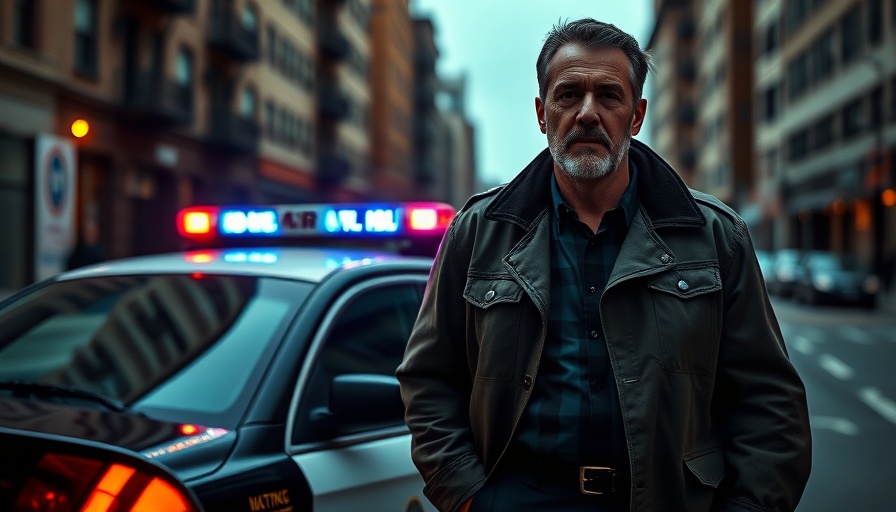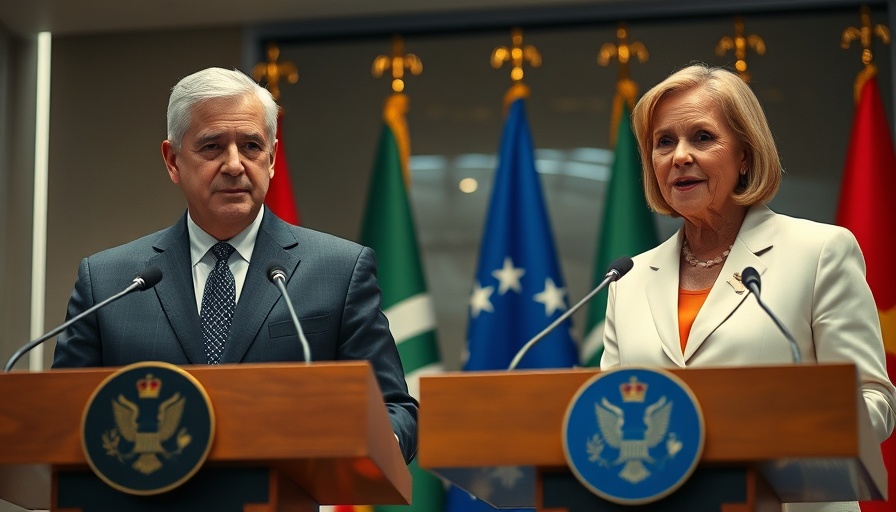
Public Outcry Fuels Support for Inmate's Actions
The case of Anita Doron, an inmate at Lerdo Jail who reportedly assaulted Graciela Bustamante—a woman charged with murdering her 8-year-old stepdaughter, Genesis Mata—has sparked a surprising wave of public support. Following the incident on August 8, Doron became an unexpected champion for children's rights, drawing significant donations for her commissary account from sympathizers around the nation.
A Gruesome Crime Ignites Passion
The circumstances surrounding Genesis Mata's death are horrific. Found in a motel bathroom with signs of severe abuse, including burns, beatings, and whippings, the case against Bustamante has garnered immense media attention. In light of such shocking allegations, Doron's actions have been interpreted by many as a spontaneous surge of righteous indignation. While some view the inmate's response as vigilante justice, others are alarmed at the glorification of prison violence.
Exploring Public Sentiment: Why the Support?
What could be driving this flood of donations? Some analysts suggest that the public may feel a sense of powerlessness in the face of systemic failings within child protective services. Doron herself stated, "This is really an epidemic that’s going on with kids, and it’s disgusting, but something needs to be done," reflecting a wider public sentiment that justice is not adequately served through traditional means.
Vigilante Justice or Heroic Action?
The admiration for Doron raises a critical question: Are we becoming desensitized to violence as a means of societal correction? In a time when news of child abuse and neglect is ever-present, Doron’s reported actions could be seen by some as a necessary evil—an extreme reaction to an apparently callous attitude from Bustamante, who was reportedly laughing and 'not taking it too seriously.' This dichotomy between perceived justice and the rule of law presents a troubling notion: Are citizens encouraging violence as a solution to crimes against the innocent?
Legal Implications of Vigilante Actions
While the public sentiment swells in favor of Doron, it raises legal and ethical concerns. As Doron is already facing charges related to evading an officer and auto theft, her physical assault on Bustamante may complicate her legal situation further. The question of whether the justice system can adequately handle such egregious crimes remains central to the public discourse, prompting call-ins to key legal officials for reform.
Foster Care and Its Dark Realities
Doron’s mention of her own painful experiences with the foster care and child protective systems invites a deeper look at the efficacy of these institutions. Critics argue that there is a stark need for reform, given the rise in abuse and neglect cases surfacing in modern media. As multiple sources continue reporting tragedies of children falling through the cracks of welfare systems, the urgency to address failures in safeguarding innocent lives echoes louder than ever.
How Should Society Respond?
The public's overwhelming financial support for Doron represents a critical reflection of collective frustration towards systemic failings in protecting children. It begs the question: What pathways can be undertaken to foster genuine change? Instead of lamenting circumstances, communities could channel their anger into activism aimed at reforming child welfare and supporting initiatives focused on child protection.
Conclusion: The Fine Line Between Right and Wrong
While Anita Doron’s actions may have stemmed from a desire for justice, they also underscore the complexities of human reactions to trauma—both personal and societal. As citizens rally behind her, the challenge lies in navigating the line between uplifting those fighting against injustice and promoting violence as an acceptable solution. Only through thoughtful discourse can we begin to address these deeply entrenched issues.
As this story unfolds, it urges us all to reflect on the societal structures that protect our most vulnerable and challenge us to take meaningful action. Whether through advocacy, reform, or community organization, every one of us can play a part in ensuring a safer future for our children.
 Add Element
Add Element  Add Row
Add Row 



Write A Comment